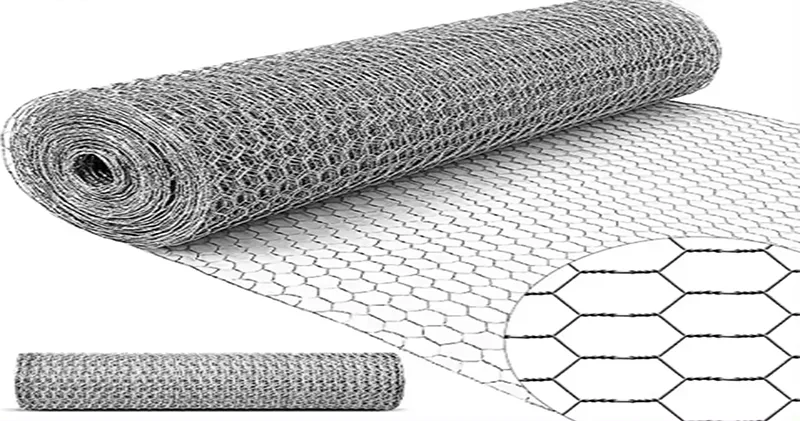-
 Phone:
Phone: -
 Email:
Email:

Cost Analysis for Rock Netting Installation and Maintenance Strategies
Understanding Rock Netting Costs A Comprehensive Overview
Rock netting is an essential engineering solution used primarily in slope stabilization and landslide prevention. It involves the installation of wire mesh over rock faces, which helps to secure loose rocks and prevent them from falling onto roads, buildings, or other critical infrastructure. As the demand for rock netting increases in areas prone to landslides and rockfalls, understanding the associated costs becomes essential for project planners, environmental engineers, and construction companies.
Factors Influencing Rock Netting Costs
1. Material Costs The primary component of rock netting is the wire mesh itself, made from high-tensile steel or polymer materials. The choice of material significantly impacts the overall cost. High-strength steel mesh is often preferred for its durability and longevity, but it comes at a higher price compared to softer alternatives. Additionally, the mesh needs to be resistant to rust and environmental degradation, which can also affect costs.
2. Labor Costs Installation of rock netting requires skilled labor, which can vary greatly depending on the geographical location and market rates. Labor costs may include not only the installers but also project managers, safety personnel, and additional workers who may be needed for site preparation and ongoing maintenance. In remote or difficult-to-access locations, labor costs may be higher due to increased complexity and the necessity for specialized equipment.
3. Site Conditions The cost of rock netting can vary significantly based on the specific conditions of the site. Locations that are difficult to access, have uneven terrain, or require significant preparation work (such as clearing slopes, stabilizing surrounding earth, or removing vegetation) can drive up costs. Moreover, geological assessments are often needed to determine the best approach, which adds another layer of expense.
rock netting cost

4. Design and Engineering Custom designs are sometimes required for specific projects, particularly in areas with unique geological features. Engineering fees for designing effective rock netting systems can add to the overall cost, as can the costs associated with obtaining necessary permits and conducting environmental impact assessments.
5. Maintenance and Longevity While the initial installation cost is a primary concern, planning for long-term maintenance is also crucial. Depending on environmental factors, regular inspections and repairs may be necessary to ensure the effectiveness of the rock netting. Understanding the expected lifespan of the materials used can help stakeholders estimate future costs and budget accordingly.
Cost Estimates
On average, the cost of rock netting can range anywhere from $15 to $30 per square meter. However, for high-quality materials or complicated installations, prices could soar to $50 per square meter or more. For larger projects encompassing multiple slopes or extensive areas, the total cost can accumulate quickly, leading to budgetary considerations that must be planned for.
Conclusion
In conclusion, rock netting is a critical solution for ensuring safety in areas susceptible to landslides and rockfalls. While the costs associated with rock netting can vary significantly based on materials, labor, site conditions, and design requirements, careful planning, and comprehensive cost assessments are vital. Understanding these factors helps ensure that stakeholders can make informed decisions that balance safety, effectiveness, and budget constraints. As such, thorough financial planning and ongoing maintenance should be prioritized to maximize the effectiveness of rock netting systems in protecting both people and infrastructure from the threats posed by unstable slopes.
-
Wire Mesh for Every Need: A Practical SolutionNewsJul.25,2025
-
Steel Fences: Durable, Secure, and Stylish OptionsNewsJul.25,2025
-
Roll Top Fencing: A Smart Solution for Safety and SecurityNewsJul.25,2025
-
Cattle Farm Fencing Solutions for Maximum SecurityNewsJul.25,2025
-
Affordable Iron Binding Wire SolutionsNewsJul.25,2025
-
Affordable Galvanized Wire SolutionsNewsJul.25,2025
-
Wire Hanger Recycling IdeasNewsJul.25,2025








